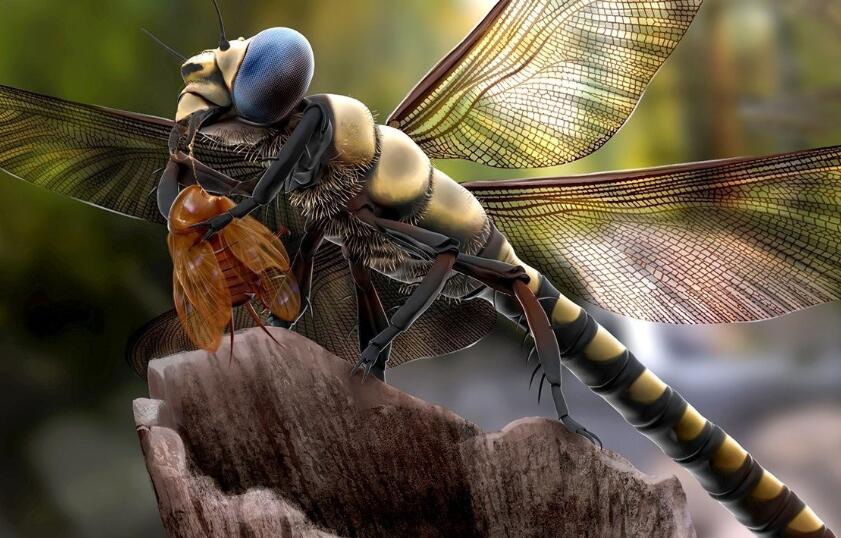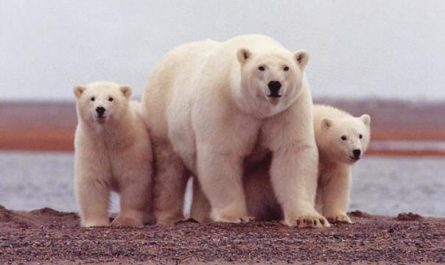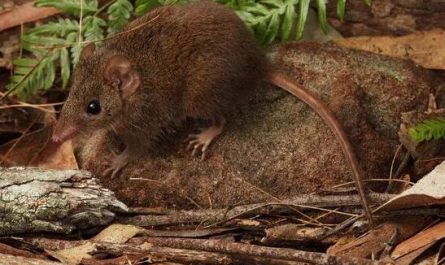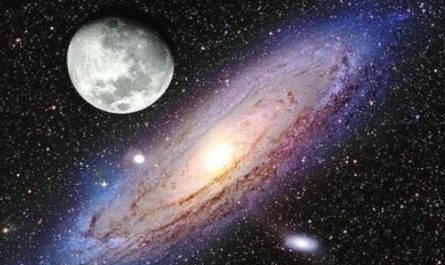As we all know, the oxygen content on the earth’s surface is about 21%. If the oxygen content in the earth’s atmosphere suddenly increases, what will happen to the earth?
The earth is the cradle of life, whether it is ocean or land, there are all kinds of life. Except for a few anaerobic bacteria, most of the survival of the earth depends on oxygen.
But everything must be balanced. If the oxygen concentration is too low, the human body will be deprived of oxygen; if the oxygen concentration is too high, it is also harmful to the human body. Therefore, a drastic change in oxygen concentration will inevitably affect life on the earth, and this effect is very serious. In short, oxygen is a double-edged sword, too much is not good.
Because life on Earth has basically adapted to the current oxygen concentration, in a short period of time, whether the oxygen content becomes higher or lower, it is detrimental to life as a whole, and species that cannot adapt to it will die in the short term.
It is undeniable that animals cannot survive due to lack of oxygen in some plateau areas, but with the explosive increase in oxygen content, this place can also become a paradise for animals.
Oxygen has a strong oxidizing property, and metals such as iron are also more likely to oxidize and rust in a high-oxygen environment. Similarly, breathing high concentrations of oxygen for a long time can cause great harm to most animals. Because in a high-oxygen environment, the metabolism of organisms and the rate of oxidation of cells will accelerate, which will lead to accelerated aging and death of organisms.
Oxygen is also a combustion-supporting material, and the substance will burn more easily in a high-oxygen environment. If the oxygen content in the atmosphere increases, this will inevitably increase the risk of fire, and fires will be more difficult to extinguish. If the oxygen content in the atmosphere is too high, the earth may be surrounded by a sea of fire, and the sky will be obscured by dust, and the earth may also enter a new round of the Little Ice Age.
The oxygen surge has a relatively small impact on the creatures in the ocean. On land, although high concentrations of oxygen have little effect on plants, in fact, due to frequent fires, plants on land will also be greatly impacted. A large fire will consume a lot of oxygen, and the oxygen content in the atmosphere will fall again, eventually tending to balance.
In short, dramatic changes in oxygen concentration will cause many species to become extinct. If such a change really happened, it would definitely be a relatively significant mass extinction event in the history of the earth.
Experience can be gained from history. In the 4.5 billion-year history of the earth, the concentration of oxygen is not fixed, and there have been several large fluctuations. The first mass extinction event caused by changes in oxygen concentration occurred in the period around 2 billion years ago.
At the beginning of the birth of the earth, the oxygen content in the atmosphere has been very low, less than 1%, but the concentration of carbon dioxide is relatively high. Life was born 3.5 billion years ago. At that time, primitive life did not need oxygen. They belonged to anaerobic organisms, and oxygen was harmful to them.
The emergence of cyanobacteria 2.4 billion years ago has completely changed the earth’s environment since then, because it can produce oxygen through photosynthesis, which makes the oxygen content in sea water and the atmosphere continue to increase, and finally exterminates most anaerobic organisms. This is called Make a major oxidation event.
In the following billions of years, the oxygen content on the earth has remained stable. By the Cambrian period more than 500 million years ago, when the oxygen content in the atmosphere had increased to about 12%, the Cambrian life explosion was related to the increase in oxygen concentration. Regarding the atmospheric oxygen content in the ancient earth period, it was determined based on the radioisotopes in the stratum.
Since the Cambrian, life on the earth ushered in a vigorous development. By the Carboniferous 300 million years ago, plants had occupied 95% of the land. At that time, the oxygen content in the atmosphere was much higher than it is now, reaching 35%. . This was mainly because the plants were very luxuriant at that time, and there were fewer animals feeding on plants, so over time, a lot of oxygen was added to the atmosphere. A lot of coal on the earth was formed during this period.
Arthropods also flourished at this time. Due to the relatively high oxygen concentration, dragonflies, spiders and other animals have developed very large bodies. A dragonfly has its wings spread out, almost the size of an adult. Therefore, that era is also called the era of giant worms.
Arthropods do not rely on the lungs to breathe. The oxygen content increases sharply, their breathing efficiency will increase, and their body size will increase accordingly. If the oxygen content on the earth now suddenly increases to 30% and remains at such a level, the earth will probably return to the age of giant insects in tens of millions of years.
Since then, the oxygen concentration has experienced a fall, and in the age of the dinosaurs, the oxygen content on the earth has risen again. However, the huge size of dinosaurs is not caused by high concentrations of oxygen, but is related to survival competition. Because mammals living in the same period are very small.
Since more than 2 billion years ago, the earth began to be rich in oxygen. Since then, the oxygen content of the atmosphere has experienced many ups and downs. Until now, the oxygen concentration on the earth has basically remained at about 21%. If the oxygen content suddenly increases, the entire ecosystem will experience a big wash, and some new species will erupt in a short period of time.






